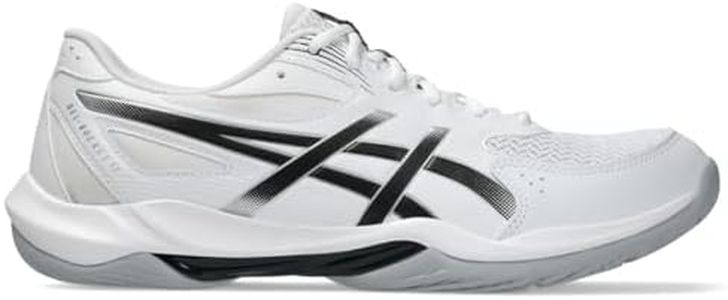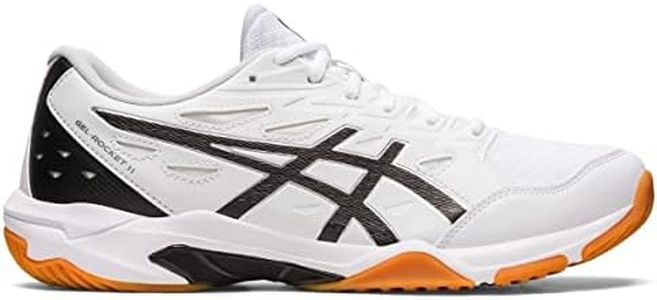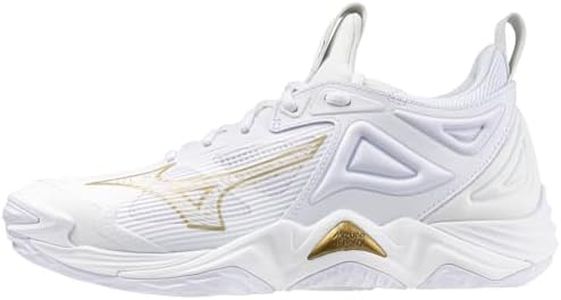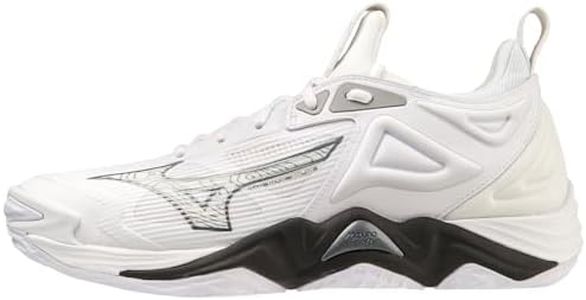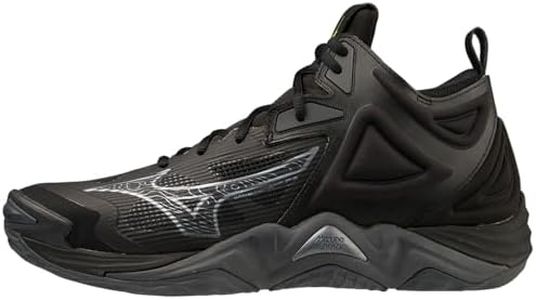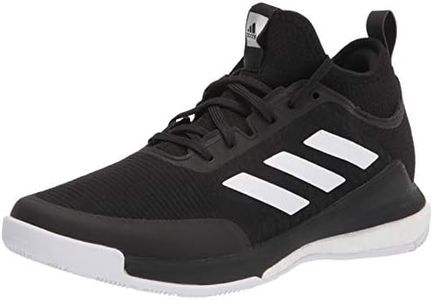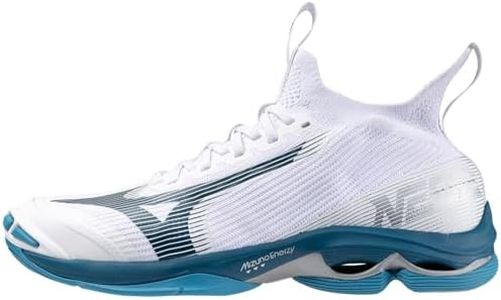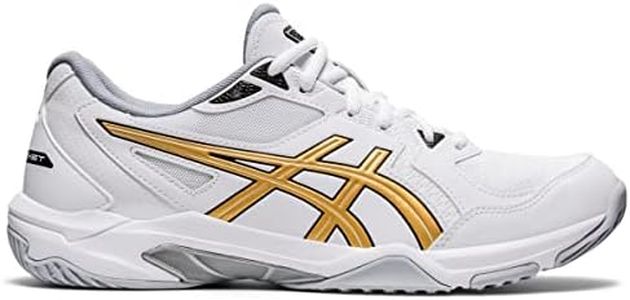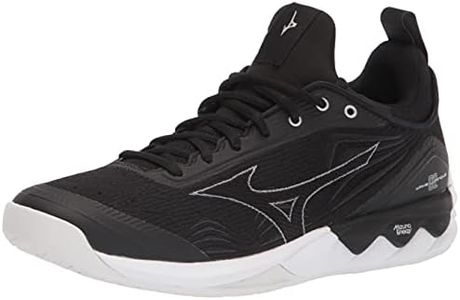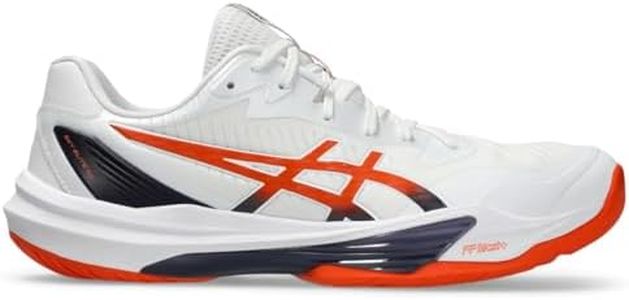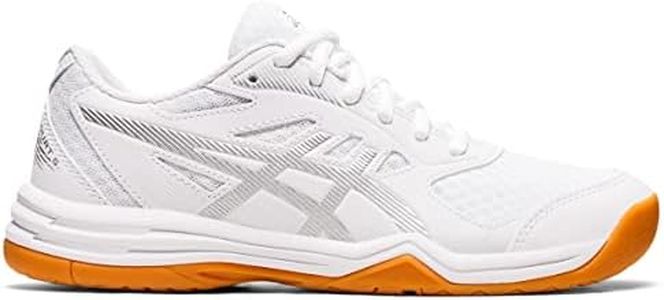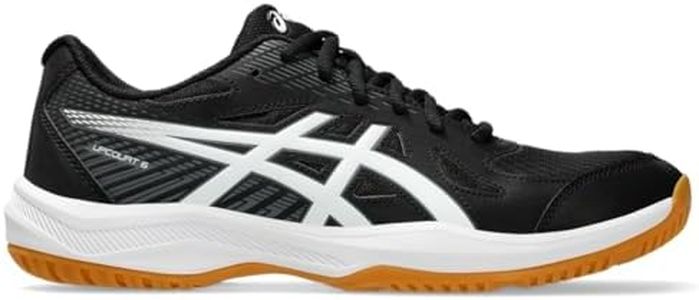We Use CookiesWe use cookies to enhance the security, performance,
functionality and for analytical and promotional activities. By continuing to browse this site you
are agreeing to our privacy policy
10 Best Volleyball Shoes
From leading brands and best sellers available on the web.Buying Guide for the Best Volleyball Shoes
Choosing the right pair of volleyball shoes is crucial for both comfort and performance on the court. The perfect shoes will help you move quickly, maintain stability during fast actions, and reduce the risk of injury. Since everyone’s playing style, court surface, and personal preferences are different, focusing on the main features and how they relate to your needs is the best way to ensure you pick the best fitting shoes.TractionTraction refers to how well the shoe grips the court surface, which is vital for quick sprints, sudden stops, and changes in direction. Volleyball shoes usually have gum rubber soles designed for indoor courts, providing strong grip without leaving marks. High traction is crucial for competitive indoor play, while moderate traction may suffice for recreational users or those occasionally playing outdoors on multi-purpose surfaces. If you play on smooth, clean courts, prioritize shoes with maximum traction patterns; if surfaces are sometimes dusty or varied, look for soles that handle multiple surfaces reasonably well.
CushioningCushioning indicates the level of shock absorption in the shoe, making a big difference in comfort and joint protection, especially during jumps and landings. Volleyball shoes come with varying degrees of cushioning, from minimal (lightweight and closer to the ground) to maximum (more protective but heavier). If you jump a lot or have a history of knee or joint discomfort, go for shoes with ample cushioning. Lighter cushioning works best for agile, fast players or those who prefer more court feel and quick movements.
Support and StabilitySupport and stability describe how the shoe helps keep your foot secure and steady, reducing the risk of rolling an ankle. Some shoes have higher side walls or added features around the ankle and midfoot, while others are lower and more flexible. If you play in positions requiring quick lateral moves or have previously experienced ankle issues, prioritize shoes with extra support. Players wanting maximum freedom of movement may choose lower-cut, lighter shoes but should be mindful of their personal ankle strength.
WeightThe weight of a volleyball shoe impacts how quickly you can move and how fatigued your feet may feel over time. Lightweight shoes generally allow for faster movement but might compromise a bit on cushioning or support, while heavier shoes provide maximum protection, often at a slight cost to speed. Fast, agile players or those in back court roles might prefer lighter shoes, while front-row players, frequent jumpers, or those concerned about impacts might prefer slightly heavier, more cushioned options.
Fit and ComfortFit and comfort combine shape, sizing, and how the shoe feels during play. A good volleyball shoe should feel snug but not tight, with enough room for your toes and proper arch support. Everyone's feet are different, so trying on different shapes and widths is key. If you have wide feet, look for wider models; if you have flat feet, pay attention to arch support. Comfort during running, jumping, and long playing sessions is critical, so choose shoes that feel right from the moment you put them on.
Breathability and DurabilityBreathability is about how well the shoe lets air in and out, helping keep feet cool and dry during intense play, while durability refers to how long shoes last before wearing out. Shoes with mesh panels tend to be more breathable; however, make sure the structure is still strong. Durability is influenced by material quality and build—if you play often or at high intensity, choose shoes with reinforcements in high-wear areas. If you play occasionally, lightweight and breathable shoes may be adequate.
